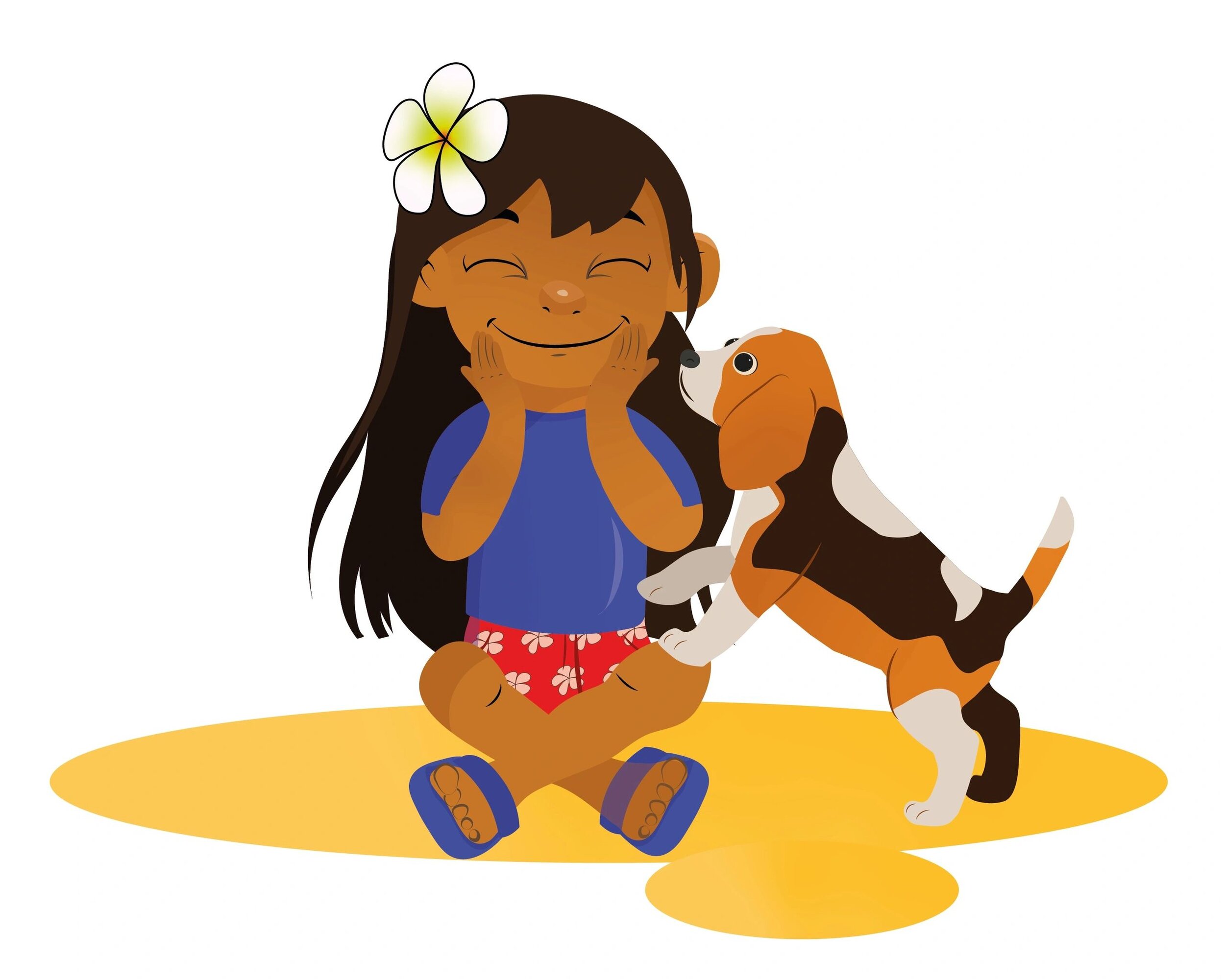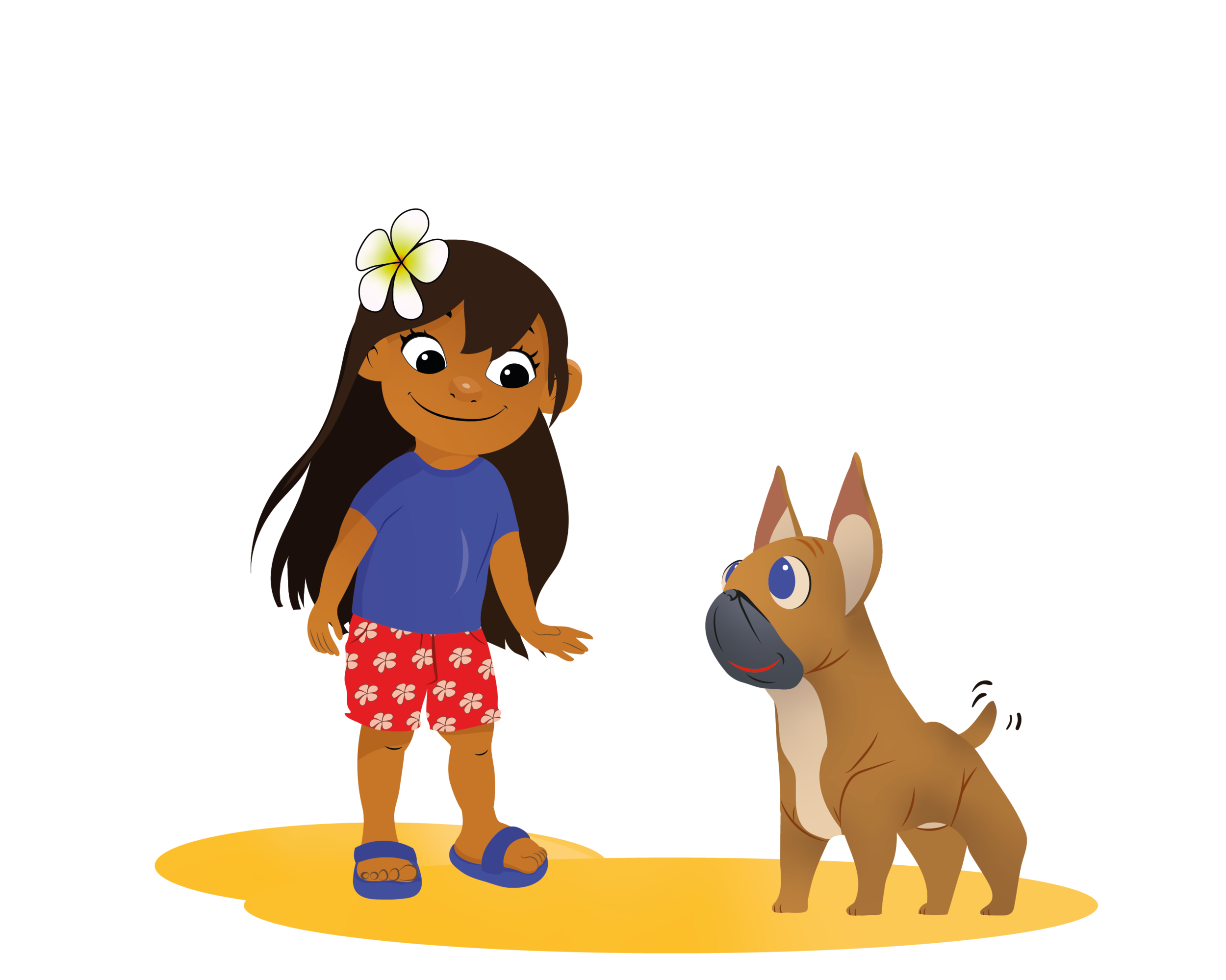Kids and K9’s Program
Educating families and children
Parent information
Dogs make wonderful pets, and bring children such joy, support, confidence and happiness.
Having a pet in the family teaches children responsibility and duty of care. Having a pet is proven to bring families closer and improve their communication skills.
It is such a wonderful experience, although parents need to be aware of the risk of injury towards our children and also the stress and injury that can be brought upon our dogs.
Around 13,000 people each year need medical attention due to dog bite injury, with children under the age of five being most at risk. But this number could be drastically reduced by educating the public and children on how to approach and treat an animal who may be stressed, scared or lacking social skills and human interaction.
We hope to improve and stop the number of dog bites each year. We have provided some tips on how you can help prevent your children from being bitten, and how to encourage our children to treat an animal with respect and gentle nature.
If you have a dog at home here are some tips to help keep your kids safe and your dog comfortable
Always supervise children, no matter how well you know the dog.
Discourage rough play between children and dog.
Teach children to keep energy levels lowered when around the dog.
No pulling, tugging or climbing on the dog, soft pats only .
Teach children not to disturb a dog whilst they are sleeping or eating.
If your dog is displaying any pain or injury keep them quiet and away from children.
Do not let children in the dogs kennel or bed, this should be their “no touch” place.
Teach children not to approach unfamiliar dogs, especially around your own dog.
Do not startle a dog whilst they are sleeping or resting.
look for the signs
Download our ‘Keep Safe Lassy Steps’ here!
Stick it on the fridge for the whole family!
Download Meg’s Colouring In Stencil’s - FREE
Steps kids must follow when approaching a new dog
Always ask a responsible adult and the owner of the dog if you are allowed to approach the dog before doing so.
If an unfamiliar dog approaches your child, teach your child to stand still, with their arms by their sides with hands closed into fists.
Children must not scream, yell or run up to a dog, energy should be kept low.
If given permission to pat a dog, slowly place the back of your hand out towards the dog, with fingers facing down to the ground and allow the dog to sniff your hand.
If the dog looks at all uneasy or frighten, immediately remove children from the dog.
Never trust a wagging tail. Dogs may wag their tail slowly if they are feeling threatened or uncomfortable.
If a dog is submissive, scared or dominant do not approach and walk away slowly.
Never approach a dog from behind.
Do not pat a dog straight over the top of their head. Preferably pat near the shoulder blade.
A dog is an animal who speaks a language different to humans and can sometimes be misunderstood.
We want to encourage children to never assume a dog is friendly or wants a pat. Always ask the owner as they will know their dog’s personality best.
But remember a dog in a stressful or busy environment may feel threatened and could possibly lash out if they become overwhelmed with large crowds.
So busy environments such as schools, busy streets and crowded parks should be places to avoid patting or approaching a random dog.
Would you like to purchase your very own book?
Check out Meg and her adventures to educate children on dog safety!
When you buy your own book, you are helping to keep children safe!
Our Book Donation Campaign helps to keep kids safe globally. With your help we can provide the education needed so every child can enjoy the love of canines in the safest way.
Your support means a lot.



![]](https://images.squarespace-cdn.com/content/v1/5da676c2ee50843186e57135/1571805177409-IEXA47G8NGJAH1WJSVNA/%5D)




